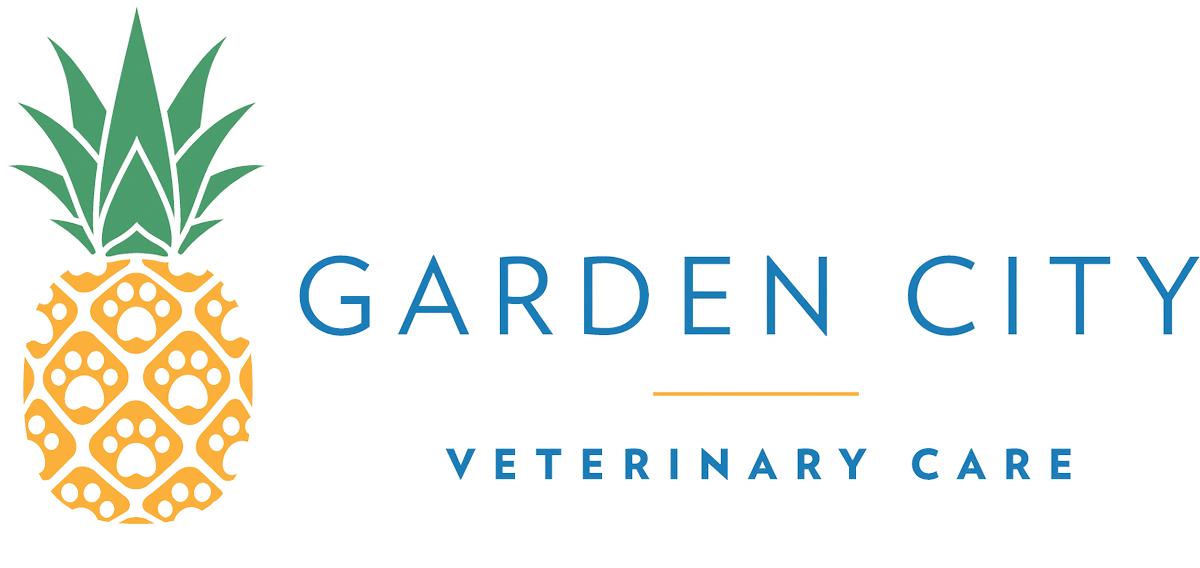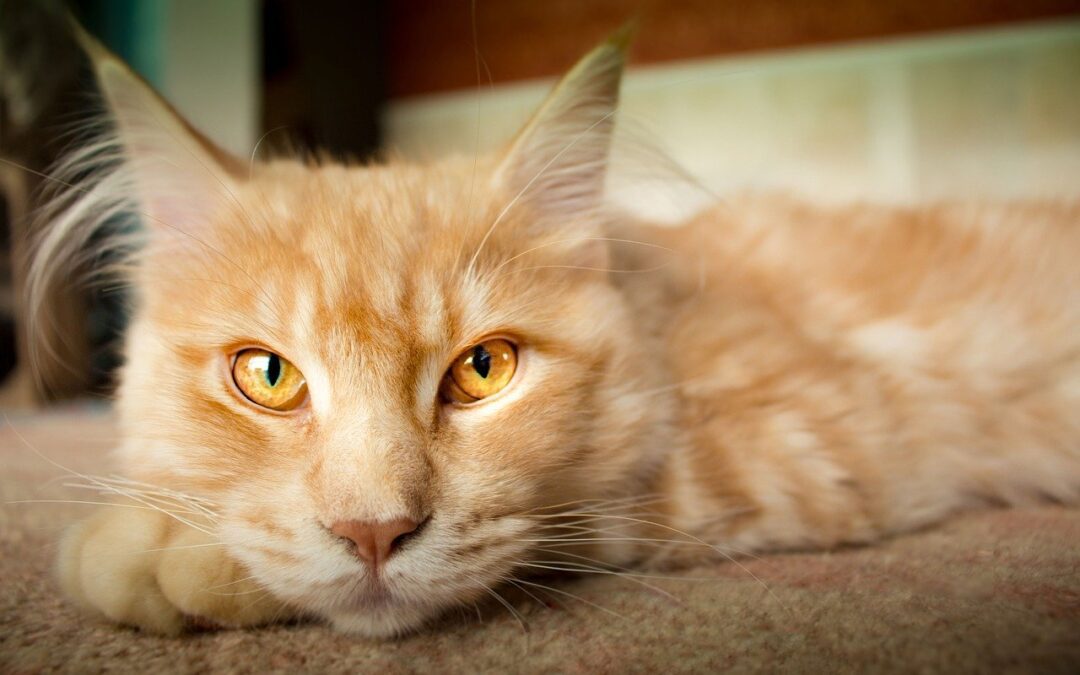If you have ever worried about putting your furry pal under anesthesia, you are not alone! However, our entire team here at Garden City Veterinary Care is dedicated to your companion’s health and safety. In order to do so, we use a variety of monitoring devices to keep a close eye on your pet and ensure their anesthetic event is as safe as possible.
The most common anesthetic monitoring devices include:
- Pulse oximeter — A pulse oximeter probe tells us your pet’s pulse rate, and detects the oxygen percentage in their blood.
- Blood pressure cuff — Oscillometric blood pressure monitoring is the easiest method of measuring systolic, diastolic, and mean arterial blood pressure. The ultrasonic Doppler and arterial catheter methods are also used.
- Electrocardiograph — Electrocardiography (ECG) uses three leads that attach to your pet’s skin to obtain quick, real-time information about heart rate and rhythm. An ECG provides information regarding the heart’s electrical activity and can detect arrhythmias that indicate cardiac problems.
- Trained veterinary technician — A licensed veterinary technician (LVT) is the most important monitoring device. They are the eyes, ears, and hands, closely monitoring your pet to ensure they remain pain-free, comfortable, and safe during anesthesia and throughout recovery. An LVT has completed college courses that focus on anesthetic monitoring and potential complications, and they will closely monitor your pet for any issues, and leap into action if necessary. No piece of equipment can replace an experienced, highly skilled veterinary technician.
Along with these basic pieces of veterinary monitoring equipment, many more items are available that help us keep a close watch on your pet’s vital signs during anesthesia, including a blood gas analyzer, temperature probe, esophageal stethoscope, capnograph, respirometer, and blood pressure transducer. Each pet undergoing an anesthetic procedure receives our careful, undivided attention, as we closely watch their monitoring devices, and trust in our own hands, eyes, and ears to keep your best friend safe and healthy.
Are you worried about putting your pet under anesthesia for a surgical procedure? Contact us and we’re happy to discuss any of your questions or concerns.

